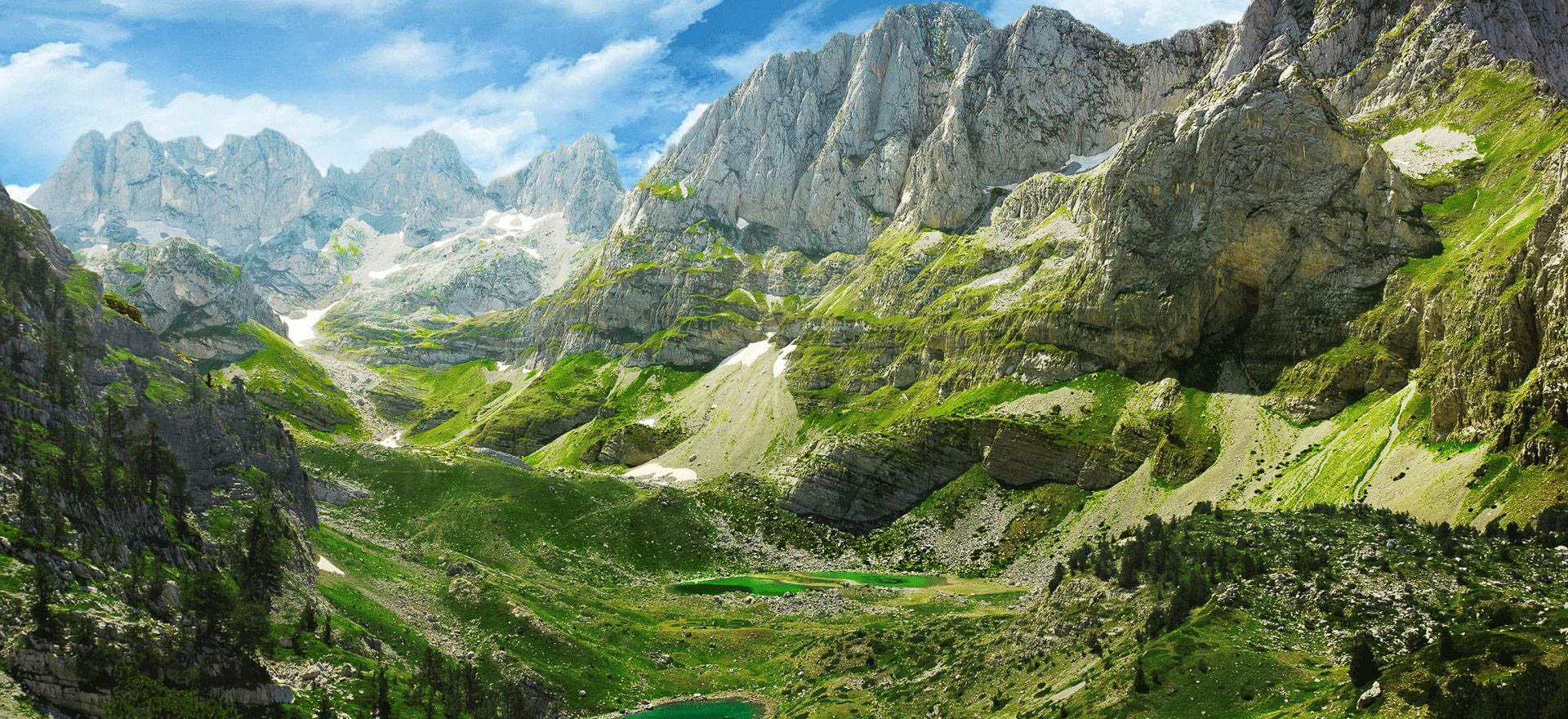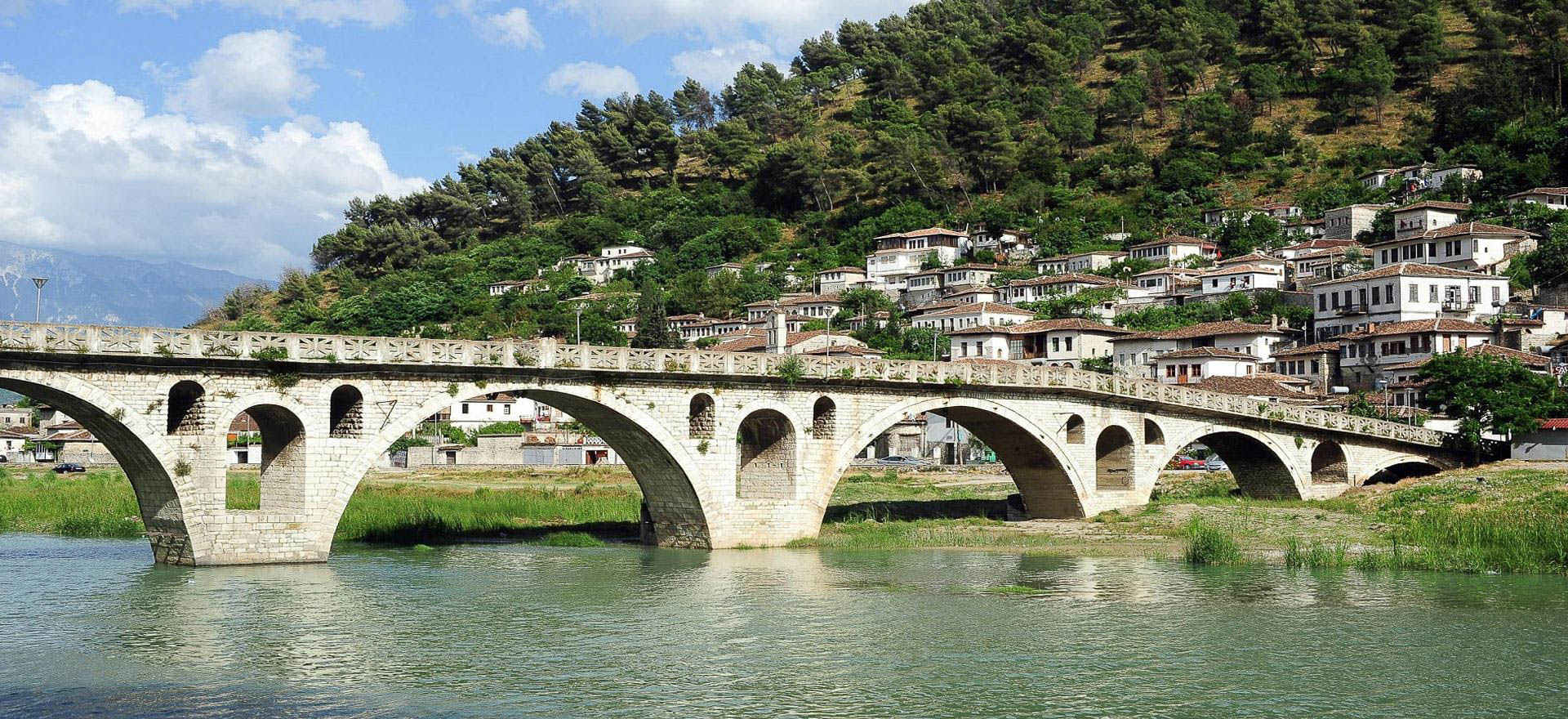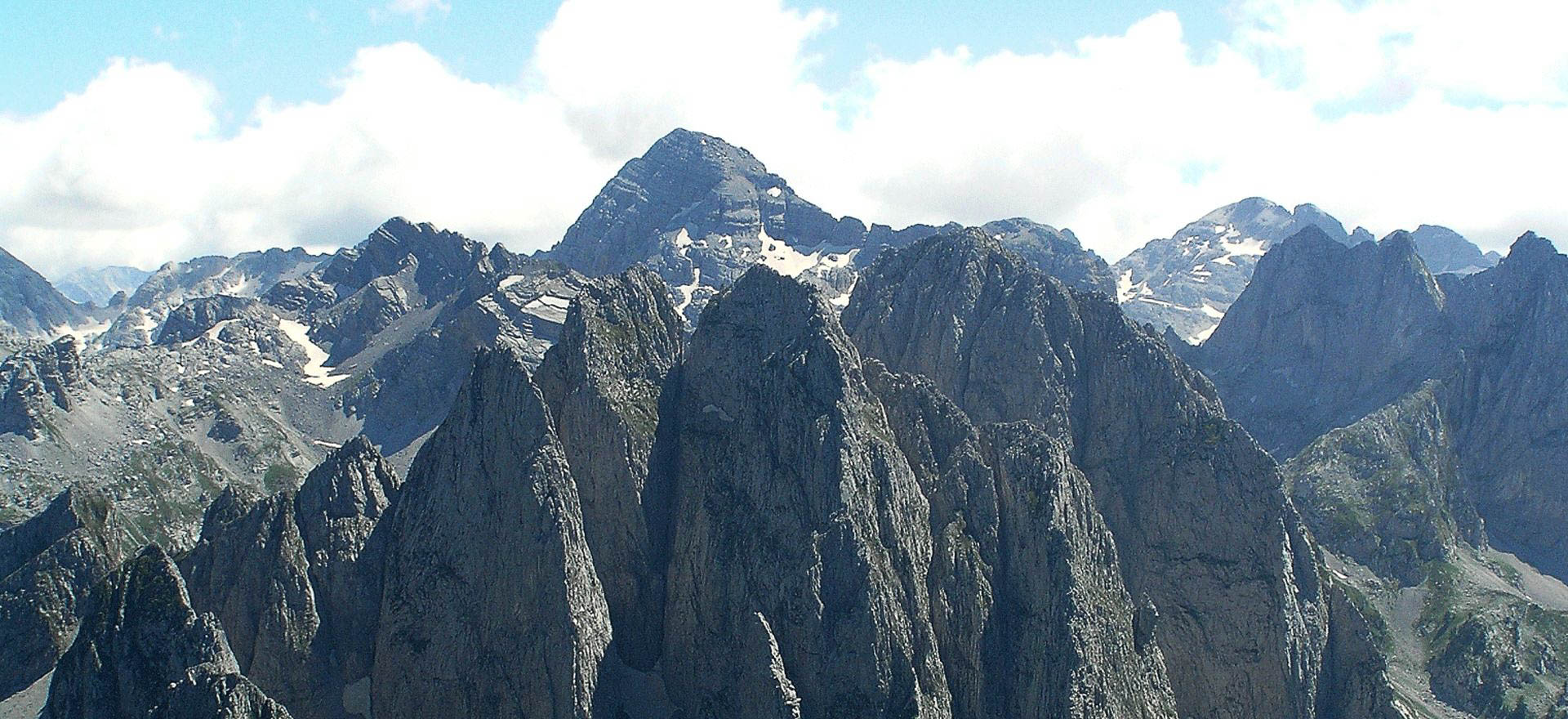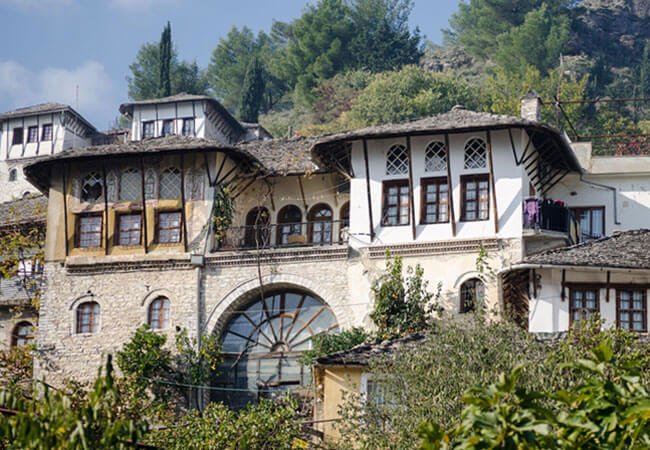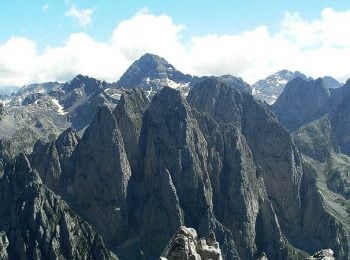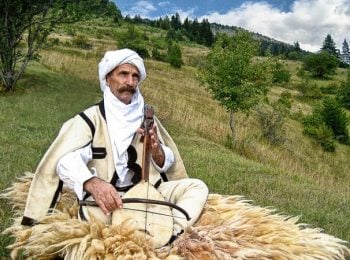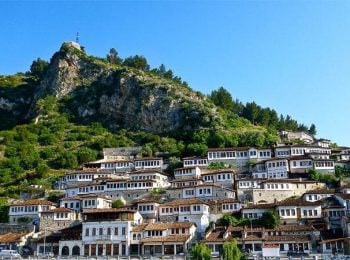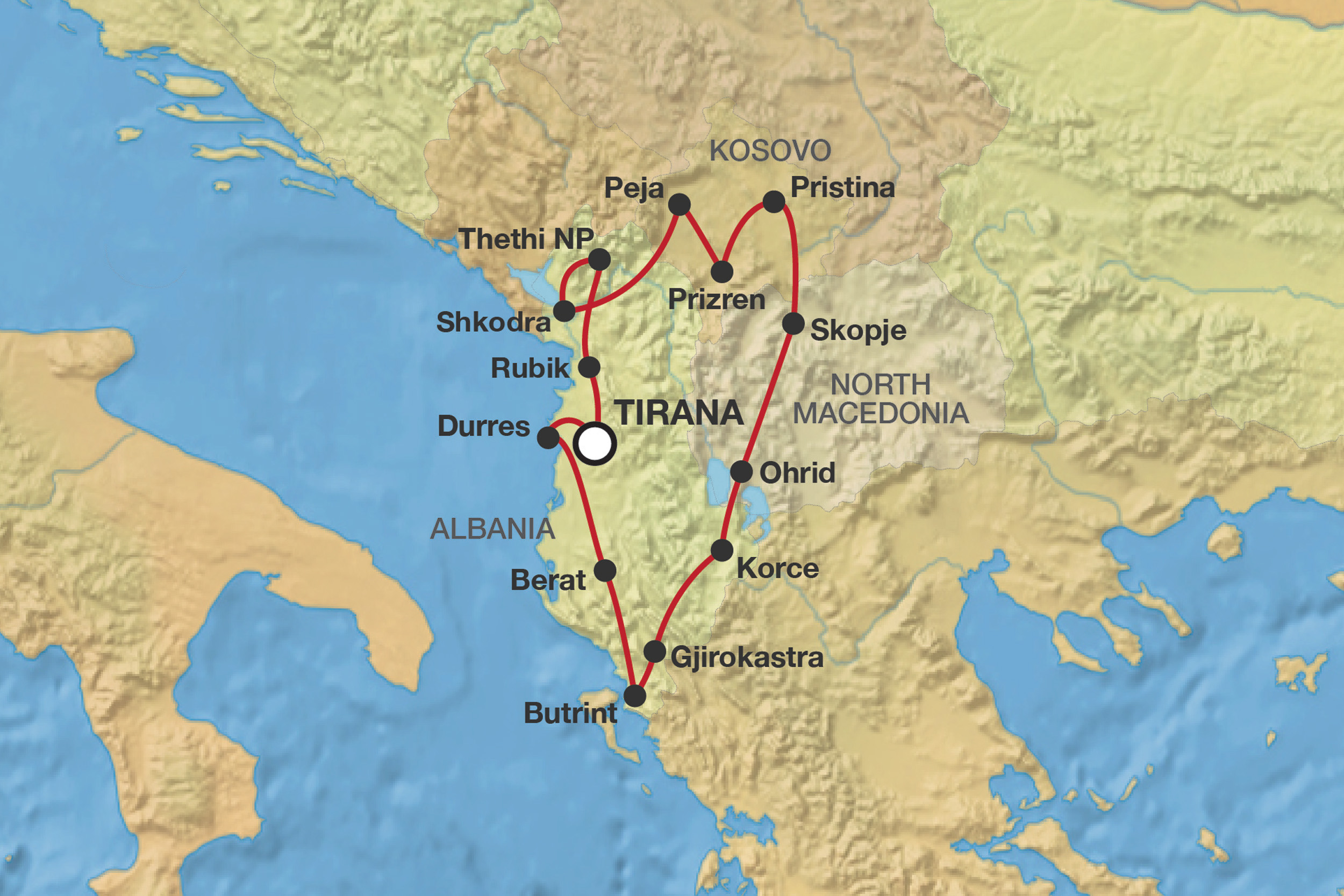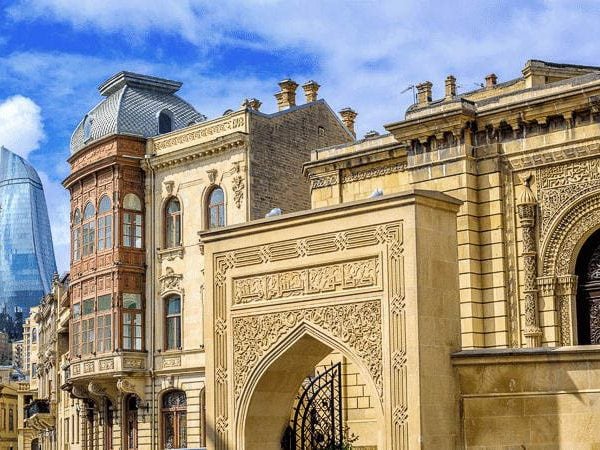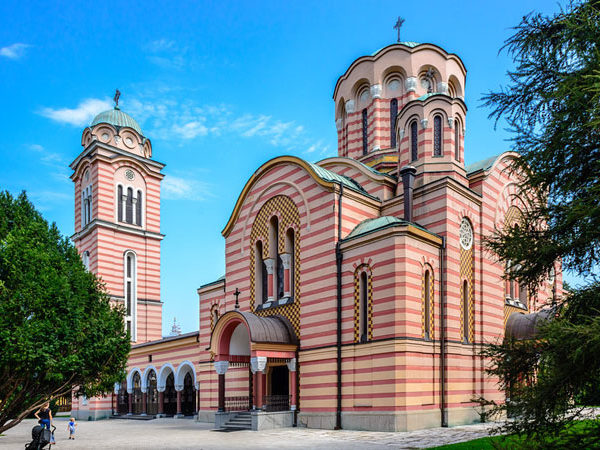Visas
Travellers from the UK, EU and US do not require a visa to enter Albania, Kosovo or Macedonia. Visa regulations can change however and so we recommend that you contact your nearest embassy for the most up to date information.
Health and vaccinations
We are not medically qualified and so we recommend that you speak to your doctor or nearest health professional for advice concerning recommended vaccinations. However, there are no compulsory vaccinations needed to enter either country. For more advice on vaccinations you can also visit https://travelhealthpro.org.uk/countries.
If you have any physical limitations that might impact your ability to participate in the planned tour activities, it’s essential that you make us aware as soon as possible so that we can discuss this with you.
Insurance
It is a condition of joining our tours that you have suitable travel insurance in place, and we cannot accept travellers without insurance. All policies differ in terms of what they will cover, but as a minimum you need medical and health cover which will cover you for the whole time that you are away. Most policies will also include cancellation cover, which will cover you if an unforeseen circumstance obliges you to cancel your trip. We recommend that you obtain your insurance as soon as you book your trip.
Please note that government travel warnings often affect the validity of your travel insurance, and you should check this with your insurance company.
Money
Albania’s local currency is the lek, which you may or may not be able to obtain from your local exchange bureau. In Montenegro and Kosovo the Euro is used. We recommend taking Euros to exchange in Albania – many restaurants will accept Euros instead of the local currency anyway.
Changing money is fairly simple – many hotels will offer this service and there are also banks and exchange bureaus in larger towns. Your guide will be able to advise of the best option. Most towns also have ATMs which accept foreign cards, although don’t count on these always working. Credit cards are not used as widely here as they are in other European countries, so you should only think of this as a back up rather than the main source of obtaining money.
Local conditions
Albania is Europe, but it’s the least developed country on the continent and things won’t always work here as we’re used to them working at home. Kosovo is similar – the newest country in Europe was much neglected under Serbian rule. Travelling in underdeveloped and untouristed destinations requires both patience and a sense of humour. There may be problems with infrastructure, attitudes may be different, and maintenance may not be as high a standard as we would always like, but this is very much part and parcel of travelling in such a place. We aim to resolve any issues as quickly as possible, and thank you for your patience.
Travel advice
We keep a very close eye on the travel advice issued by the UK Foreign and Commonwealth Office so that we can keep you up to date with any warnings. At the time of writing there are no warnings against travel to Montenegro or Albania from the FCO, nor warnings against travel to the parts of Kosovo that we visit – other nationalities need to check the stance of their own governments.
Please note that the information contained above is highly susceptible to change, and while we endeavour to keep up to date we recommend that you use this as a guide only. Should you have any questions, please don’t hesitate to contact us.

